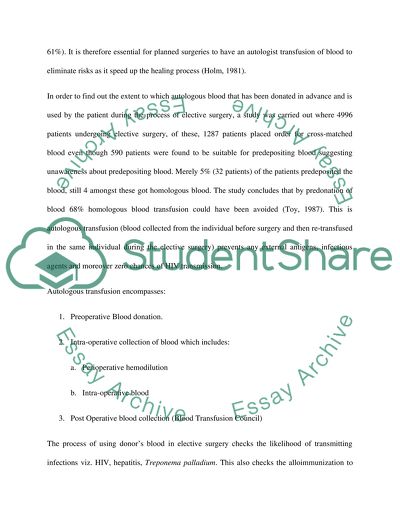Cite this document
(Blood Component Therapy Assignment Example | Topics and Well Written Essays - 2250 words, n.d.)
Blood Component Therapy Assignment Example | Topics and Well Written Essays - 2250 words. Retrieved from https://studentshare.org/health-sciences-medicine/1562448-blood-component-therapy
Blood Component Therapy Assignment Example | Topics and Well Written Essays - 2250 words. Retrieved from https://studentshare.org/health-sciences-medicine/1562448-blood-component-therapy
(Blood Component Therapy Assignment Example | Topics and Well Written Essays - 2250 Words)
Blood Component Therapy Assignment Example | Topics and Well Written Essays - 2250 Words. https://studentshare.org/health-sciences-medicine/1562448-blood-component-therapy.
Blood Component Therapy Assignment Example | Topics and Well Written Essays - 2250 Words. https://studentshare.org/health-sciences-medicine/1562448-blood-component-therapy.
“Blood Component Therapy Assignment Example | Topics and Well Written Essays - 2250 Words”, n.d. https://studentshare.org/health-sciences-medicine/1562448-blood-component-therapy.


